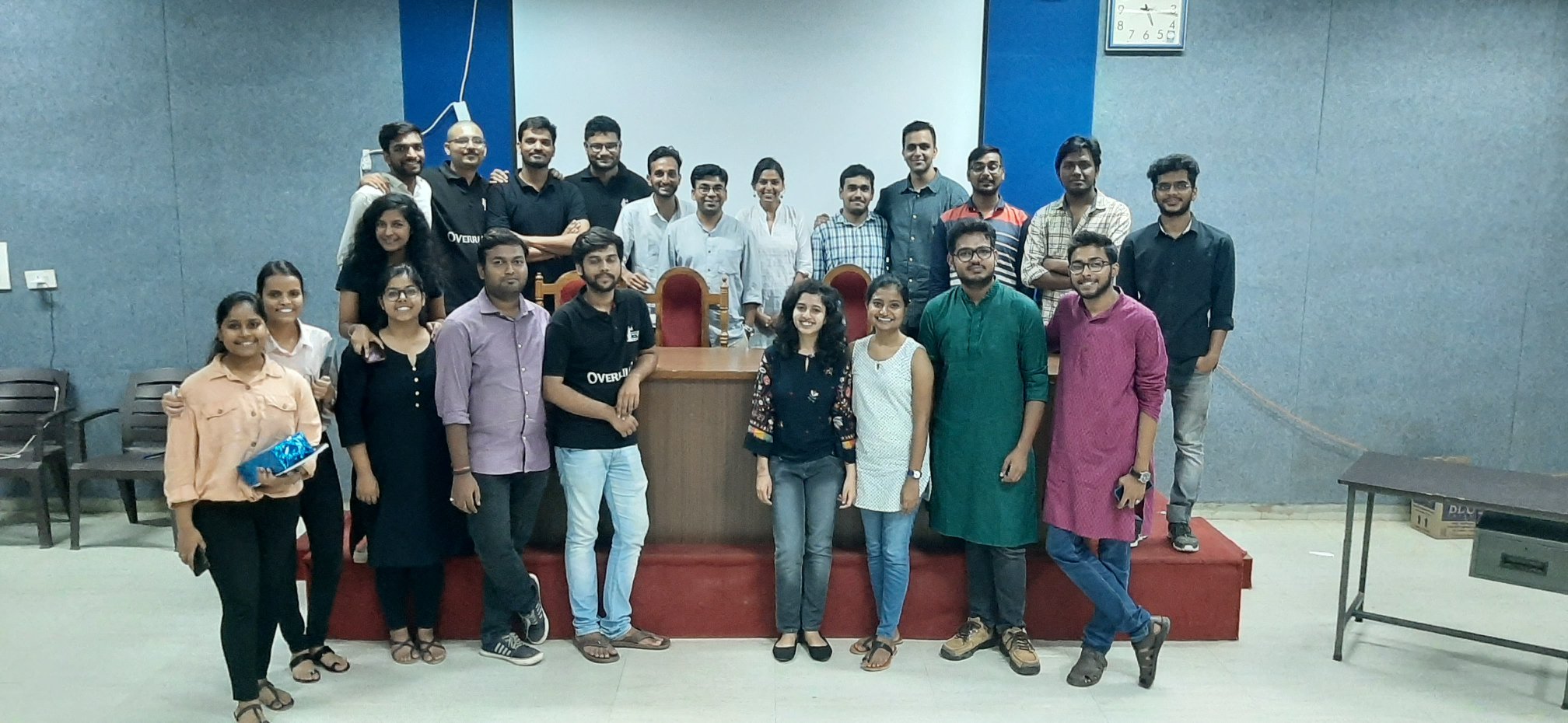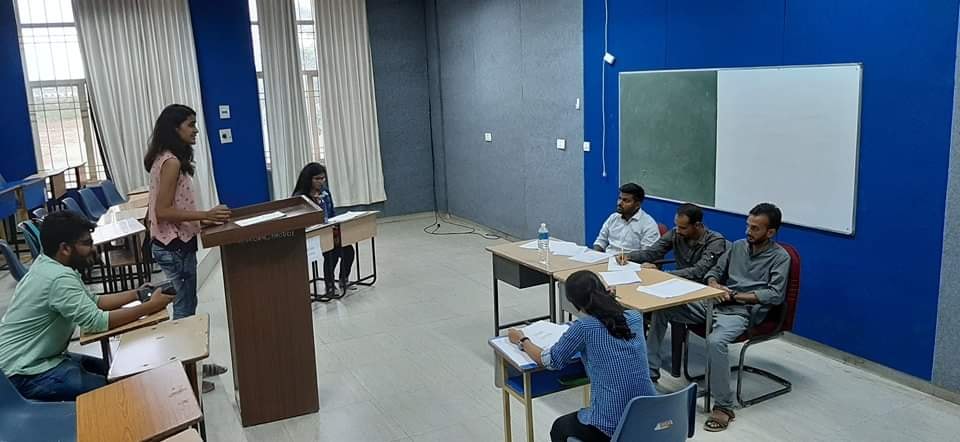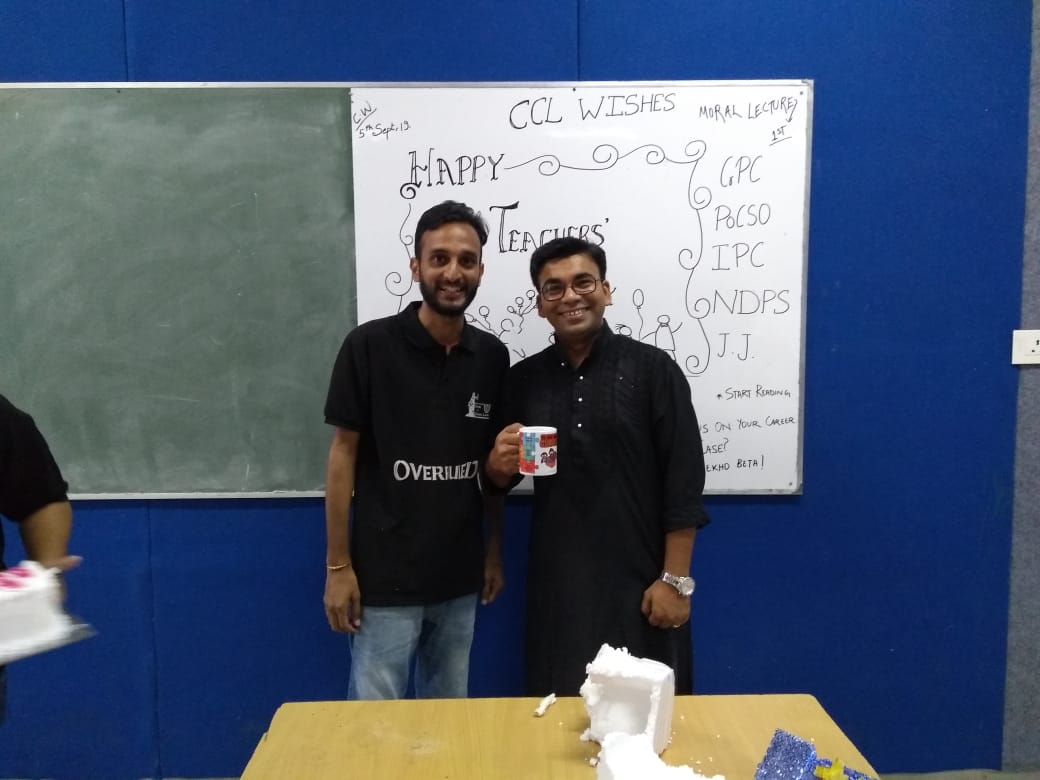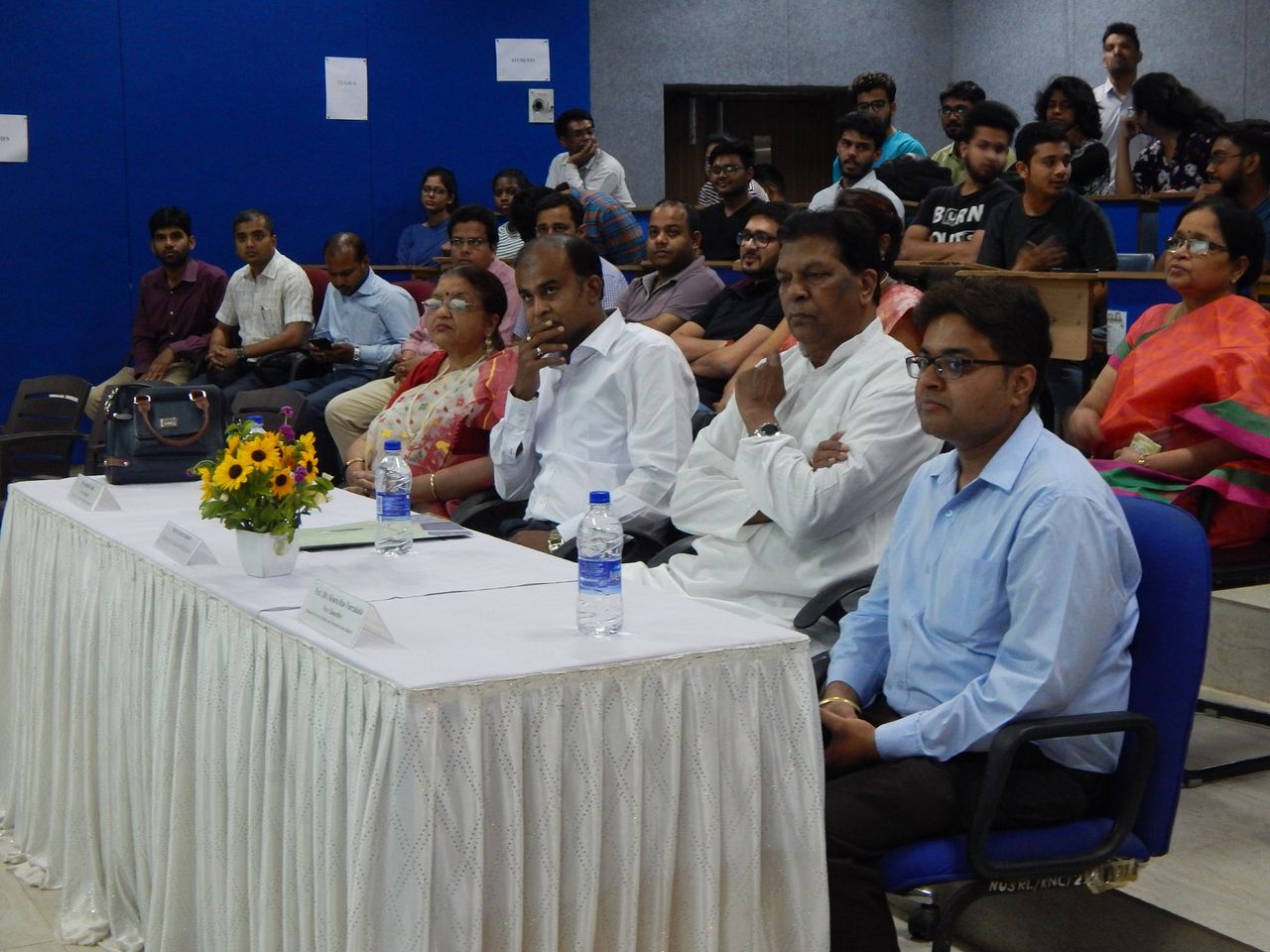INTRODUCTION
“Witnesses are the eyes and ears of justice” says Bentham. Any legal system in a civilized society requires them for the proper functioning of the criminal justice system. Every word spoken before the court holds the capacity to impact or affect the entire structure of the case. They are the driving pillar in the criminal justice delivery system as the first-hand evidence they provide decides the fate of the trial. The status of a court witness is that of an ally and champion for the cause of justice.
“The Indian Evidence Act, 1872” (hereafter referred to as the Act) does not define the term “witness,” but by reading the other provisions of the Act, it is clearly deducted by reading the provision that anybody who provides testimony in a court of law qualifies as a witness but it also depends upon the whims and fancies of the bench.
The importance of witnesses has been recognized in many instances by the Indian judiciary system. In the case of “Swaran Singh v. State of Punjab”, Honourable Justice Wadhwa gave an in-depth analysis of the case built upon witnesses and propounded that, “A criminal case is built on the edifice of evidence, evidence that is admissible in law. For that, witnesses are required whether it is direct evidence or circumstantial evidence.”
WITNESS PROTECTION ACT: WHAT IS IT?
The Witness Protection Act allows witnesses to cooperate with authorities in exchange for protection, including new identities. In India, witness protection provisions exist, but implementation is a challenge. Historical laws like the “Bengal Suppression of Terrorist Outrages Act, 1932”, and the “Sec.16 of Terrorists and Disruptive Activities Act (TADA) 1987” addressed witness protection. However, witness intimidation persists, as seen in high-profile cases like Manu Sharma’s murder case. The Supreme Court, in cases such as “Zahira Habibulla H. Sheikh and Another v. State of Gujarat and Others”, emphasized the need for witness protection. Similar arguments were made in rulings like “NHRC v. State of Gujarat”.
DEALING WITH HOSTILE WITNESSES
The aforementioned term is not defined in any of the provisions of the Indian Evidence Act, 1872 due to the fact that the creators of the aforementioned act were not in consensus in regards to the definition of this term. Therefore, the meaning of this term is subjective and is left to the discretion of the court. “A witness is considered adverse when, in the opinion of the Judge, He bears a hostile animus to the party calling him and not merely when his testimony contradicts his proof.”
There are various forces that turn a witness hostile such as witness intimidation, reluctance, certain social factors as well as inconvenience. The Apex Court has considered these factors as obstacles in the Criminal Justice System of the country in the case of “State of Uttar Pradesh v. Shambhu Nath Singh”. In the past few years, this issue has been given a new aspect in numerous ‘high profile’ criminal cases such as “Manu Sharma’s Murder Case, the BMW Hit & Run Case, Best Bakery Case, and so on.”
NAVIGATING THE CHALLENGES OF WITNESS TESTIMONY
The lack of witness protection laws and remedies for injuries caused to them in India is a major concern for the administration of justice. Many witnesses in India, particularly those involved in high-profile cases, are afraid to testify due to the risks involved. The fear of retaliation by the accused or their associates is a common reason why witnesses avoid giving evidence in court.
Former Attorney General Mr. Soli Sorabjee said, “Nothing shakes public confidence in the criminal justice delivery system more than the collapse of the prosecution owing to witnesses turning hostile and retracting their previous statements.”
WITNESS PROTECTION SCHEME 2018
In collaboration with the “National Legal Service Authority, the Bureau of Police Research & Development, and the State Governments, the Ministry of Home Affairs” developed the the 2018 Witness Protection Scheme. It aims to protect witnesses based on threat assessments and includes measures like witness identity changes, relocation, home security devices, and specialized courtrooms. The scheme categorizes witnesses into three categories of witnesses based on threat: A (threat to life), B (threat to safety and reputation), and C (moderate threat). The scheme established a Witness Protection Fund to cover related expenses. The Supreme Court endorsed the scheme in “Mahender Chawla & Ors. v. Union of India & Ors.”mandating its implementation as the “law” under Article 141/142 of the Constitution until suitable legislation is introduced.
UNVEILING THE FLAWS OF THE WITNESS PROTECTION ACT
The Witness Protection Scheme of 2018, while well-intentioned, has several significant shortcomings.
- Lack of financial resources
The Witness Protection Scheme faces resource allocation issues, requiring substantial funding for effective implementation. Insufficient financial support undermines the program, along with transparency and accountability concerns. In countries like India, fund diversion and inadequate funding further hinder the scheme, resulting in subpar implementation and limited impact.
- Narrowed Scope
The current witness protection scheme suffers from a notable drawback as it restricts its coverage to select categories of witnesses, primarily focusing on those involved in terrorism, organized crime, and corruption cases. Unfortunately, this limited scope neglects a substantial number of witnesses from diverse criminal cases, compromising their safety and eroding the integrity of the justice system as a whole.
Witnesses who are aware that they will not receive protection may be hesitant to testify in court. The fear of reprisals or lack of confidence in their safety discourages witnesses from providing crucial testimony.
- Lack of Long Time Support
Witness protection is not a momentary fix but an ongoing process that demands continuous assistance. Regrettably, the 2018 scheme falls short in delivering long-term support to witnesses. Once the initial period of protection concludes, witnesses frequently find themselves left to navigate the perils unaided, placing them at renewed risk.
JURISPRUDENTIAL ANALYSIS OF THE WITNESS PROTECTION
The right to testify freely in court without pressure or threats is a fundamental right protected under the Indian Constitution’s Article 21. However, witness protection laws and measures are not given adequate attention in legal reports. For instance, “The Law Commission’s 14th Report” focused on making courtroom accommodations for witnesses, while the Fourth Report of the National Police Commission only acknowledged the challenges witnesses face when testifying. “The Law Commission’s 154th Report” touched on witness protection and facilities, but its recommendations did not include specific measures to ensure the witness’s safety on the ground.
However, some progress has been made in witness protection laws. For example, in response to a request by the Supreme Court of India, “the Law Commission’s 172nd Report” established that a minor girl who was sexually assaulted should not be required to give testimony in front of the accused. Law Commission also recommended that witness statements be recorded in front of magistrates in cases where offenses are punishable by ten years or more imprisonment. This recommendation was made in the “Law Commission’s 178th Report”, and a bill to implement it was introduced in the Rajya Sabha but was not passed.
Justice (Dr.) V.S. Malimath’s “Committee on Reforms of the Criminal Justice System” produced a report with 158 recommendations, including the need for a witness protection statute to safeguard witnesses and their families. The report suggested that the court and prosecution could order the witness’s identity and address to be kept secret but no affirmative action has taken place.
CONCLUSION
A robust witness protection system is of paramount importance in India to uphold the principles of a fair and effective justice system. Witnesses, who hold critical information and evidence, play a pivotal role in bringing criminals to justice. However, fear, intimidation, and threats posed by powerful criminal elements often hampered their willingness to participate in legal proceedings. Recognizing the significance of protecting witnesses, the Indian government has acknowledged the need for an efficient witness protection framework that ensures the safety of witnesses and their invaluable testimony.
* Second Year Law Student , National Law University Odisha. (NLUO)
** Second Year Law Student , National Law University Odisha. (NLUO)







Leave a comment